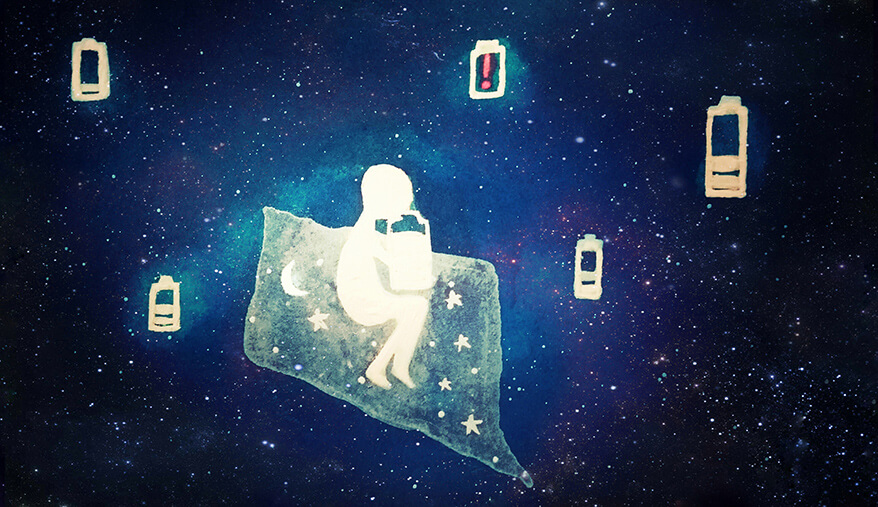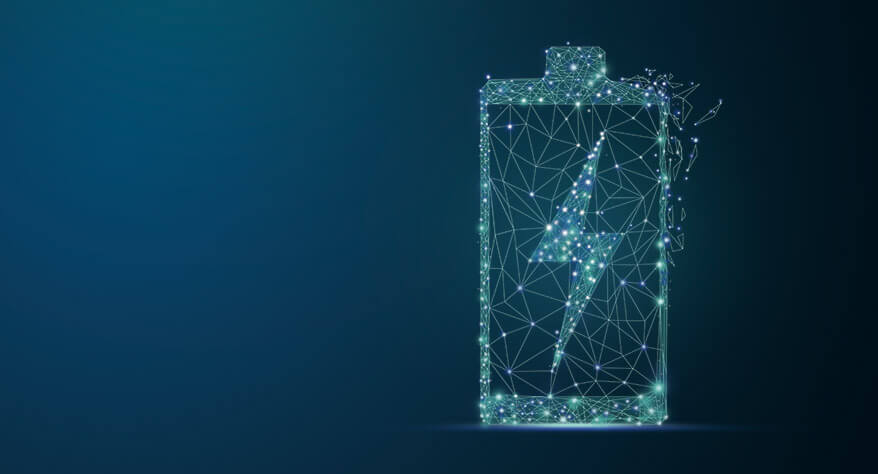How To Reset The Lithium-Ion Battery
Sep 23, 2019 Pageview:16586
Lithium-ion batteries, also known as Li-ion batteries or LIB, are rechargeable batteries made up of lightweight lithium and carbon which makes them very light. They are popularly in use today by most electronic companies due to its durability, ease, and charge holding capacity. They were developed in the 1980s and commercialized in 1991. Lithium-ion batteries can be found in almost all portable electronic gadgets from devices such as phones and gadgets like laptops to electric cars and evenspecial applications. They come in different shapes and sizes, like small cylindrical to large cylindrical and rigid plastic cases.
Lithium-ion batteries use flammable organic solvents that have a probability of explosion and fire at elevated temperatures caused by short circuit formations and overcharging. Typical solvents for lithium-ion batteries are ethylene carbonate and propylene carbonate both cyclic carbonate mixtures, dimethyl carbonate and diethyl carbonate both classified under dielectric constants and linear carbonates. You can clearly say that they have come to stay in the electronic world. But even the most durable of materials can begin to fail in time, and the LIB isn't an exception. Being known to begin deterioration after a year and more frequent fails within three years, the Lithium-ion battery although the most low maintenance and durable has its inevitable drawbacks.
Regular usage can lead to a decline in efficiency and retaining capacity which is a major worry for users who spend long amounts of time using those devices, but the good news is the LIB can be reset and brought very close to its primary glory of high energy density and low self-discharge.
What tools are needed to reset a lithium-ion battery·
In today's world where we tend to overuse and overwork machines, we are very prone to experiencing the limitations of these gadgets we depend on. With our constant use, we always want the best and do not realize that some constraints ought to be made. When your device's battery life seems to die a lot faster than normal or when it shows one charge percentage when charging and another when unplugged or if it never charges above a certain limit or shuts down when it is still reading battery life remaining then I believe you need to have some resetting done.
Resetting a Li-ion battery takes very little work materials, which makes it easy and convenient to do from the comfort of your house. Basically, all you need for the job are:
· the electronic gadget whatever is the victim of the failing battery I.e laptops, phones e.t.c
· the detachable battery, that is if the gadget involved has a detachable battery.
· A charger, one confirmed to be working perfectly fine.
· And a powered charging point.
How to reset a lithium-ion battery
Following these steps will ensure better battery performance.
· To reset a LIB you will need to begin by draining it till it reaches a completely discharged point whereby the gadget shuts down on its own.
· Next, try starting the battery drained gadget and then watch it go off again.
· Take out the Lithium-ion battery (this part only works if there is a detachable Lithium-ion battery) connect the charger to a powered outlet and then set up the metal contact (the negative and positive points) of the battery and the charger. Slightly rub against each other briefly.
· Return the battery to the device and connect the charger to the device charging point. Leave the device turned off while it charges to its fullest.
· Once full, turn on the device and restart it. This would reset the weakened LIB to its initial capacity. (Do not forget to unplug your charger and turn off your power outlet for energy conservation).
How to store a dead or dying lithium-ion battery
Lithium-ion should be stored with a charge of at least 40 percent, this helps ensure the battery doesn't drop to below 2.50V/cell, which will trigger a sleep mode. If your Lithium-ion battery has been kept below 2.00/V/ cell for over a week then it's time to discard it. Batteries when poorly stored or disposed of wrongly a ton of hazardous impact on the environment and individuals around. Lithium-ion batteries can cause safety worries because they contain electrolytes that are flammable. And if poorly handled, damaged or charged wrongly can lead to fire outbreaks and even explosions.
The most appropriate means of ensuring safety would be to follow these rules:
· Keep lithium-ion batteries in a cool dry place away from heat or flammable materials, as this can lead to a leak or rupture which could, in turn, lead to a fire hazard.
· Put tape over the battery points. (Those that read the negative and positive points). If you are not a hundred percent certain that a battery has zero charges left in it, it is best you keep that tape on. Old batteries with a little charge can create an electric shock if perchance they touch and you can be sure of a fire incident.
· Store Lithium-ion batteries in a none-fire conductive package. This will help minimize the risk of a fire outbreak, leakage or rupturing of the battery.
· When storing the Li-ion it's best to avoid storing other batteries together in the same container. Separation of old batteries can prevent them from mixing and causing a hazardous chemical reaction.
· Also remember to keep pets, children and edible things as far away from batteries as possible to avoid mercury, lead or acid poisoning.
Once these are taken care of, make haste to ensure that these batteries are taken away from your homes or care and sent off to the right disposal or recycling locations. With many available to you at a phone call, Lithium-ion batteries and all batteries are better off in the hands of expert handlers than in yours.
- Prev Article: Do lithium batteries explode?
- Next Article: Polymer Electrolyte Lithium-Ion Battery
Leave Message
Hottest Categories
-
Hottest Industry News
-
Latest Industry News











